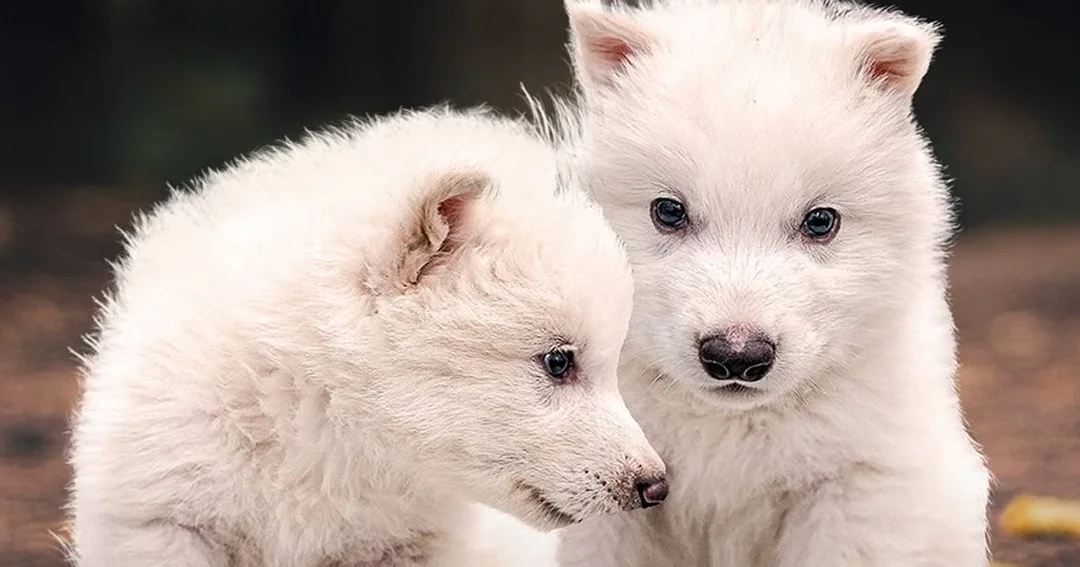
De-Extinction of Dire Wolves: False Hope for Conservation and Biodiversity
In recent years, the concept of de-extinction has stirred both excitement and skepticism within the conservation community. The de-extinction of dire wolves, a majestic predator that roamed North America thousands of years ago, highlights the complexities surrounding efforts to bring back extinct species. But is this a genuine path to enhancing biodiversity, or merely a distraction from the urgent necessity of preserving the species that currently exist?
As conservationists emphasize the plight of current endangered species, such as the northern white rhino and the passenger pigeon, the question arises: does framing extinction as a reversible condition dilute our motivation to protect species on the brink? Advocates for de-extinction argue that it offers a second chance for iconic animals, potentially attracting public support and funding for wildlife preservation. Yet, this perspective can create false hope and an impression that we can "fix" our ecological mistakes.
The dire wolf itself was not just a fearsome predator; it also played a crucial ecological role in maintaining the balance of its environment. By shifting our focus toward resurrecting lost species, we risk neglecting the existing ecosystems and the myriad of species that currently face the threat of extinction. This raises ethical questions: Should we invest resources in technologically re-creating long-gone species when other creatures are struggling for survival right now?
Crucially, the narrative surrounding de-extinction often overlooks the fact that many of the ecosystems, where species like the dire wolf once thrived, have drastically changed. The landscape has been reshaped by human activity, making it impossible to simply drop these resurrected beings back into their former habitats without creating unforeseen consequences.
In conclusion, while the idea of de-extinction is undoubtedly fascinating and makes for captivating headlines, we must remain grounded in reality. It is essential to balance our curiosity for bringing back the past with the pressing need to focus our efforts on conserving what remains. The plight of our current endangered species cannot be overshadowed by fanciful dreams of resurrecting the past. As we watch the developments in genetic technology, we must remember: restoring biodiversity means protecting, preserving, and nurturing the present and not just fantasizing about what once was.